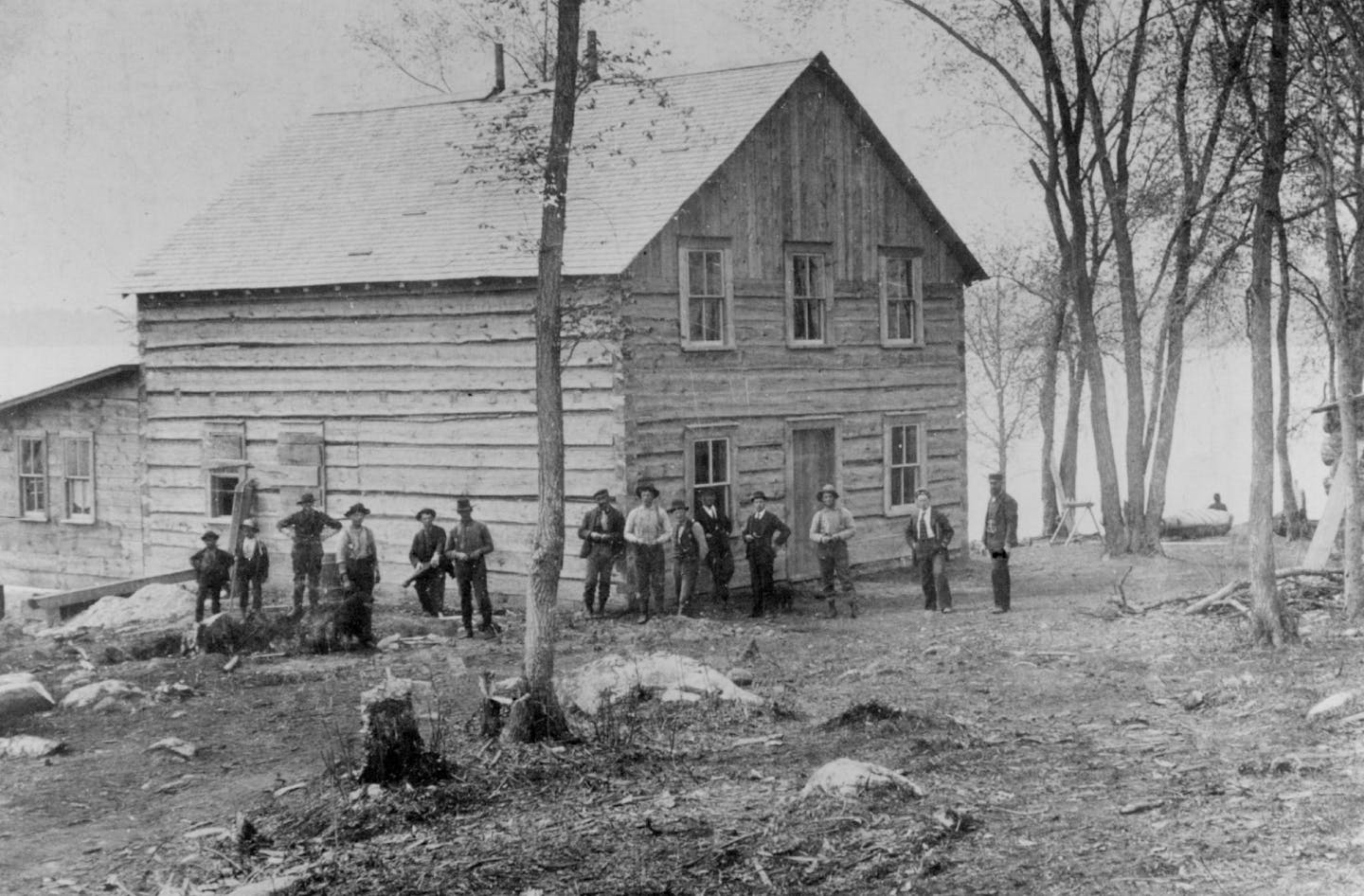Listen and subscribe to our podcast: Via Apple Podcasts | Spotify | Stitcher
DULUTH — Minnesota produces a majority of the domestic iron ore supply used in steelmaking and boasts a scattering of other metals underground.
But is there, as the saying goes, gold in them thar hills?
An anonymous reader wondered how much gold might be hiding underground in northern Minnesota — and whether its value is high enough to offset the costs of extracting it.
This prompted Curious Minnesota — a Star Tribune project that seeks to answer great reader questions like this one — to do a little digging.
Prospectors first started making serious efforts to find gold in Minnesota following the Civil War, and in 1893 a strike on an island in Rainy Lake drew hundreds of prospectors to the state's northern border. Two short-lived mines in the area joined the productive Little American Island mine, which closed in 1901.
There hasn't been gold mined in the state since.
Several gold mines are operating across the border in Ontario, on the same geologic formations that run beneath northern Minnesota — including one mine 45 miles northwest of International Falls. But experts say Minnesota's thicker glacial till make minerals trickier, and more expensive, to get to.
State officials believe it could be worth a shot, though. "The potential for gold production [on those geologic formations] is excellent," states a paper produced by the Minnesota Minerals Coordinating Committee, a multi-agency group that helps oversee mining activity in the state.
Don Elsenheimer, a senior geologist at the Minnesota Department of Natural Resources (DNR), said the profitability of gold mining here depends heavily on whether the gold is clustered together in concentrated deposits — rather than dispersed.
"As for any estimates on how much gold or how many developable gold deposits there are (or may be) within the state? That's not a million-dollar question," Elsenheimer wrote in an e-mail. "More like a multibillion dollar one (given the price of gold these days)."
To go hunting for subterranean metals on state-owned land, companies must first get permission from the state — known as a "mineral lease." There are currently 191 active mineral leases for nonferrous (non-iron) materials around the state, according to the DNR. They are in various stages of exploration.
The furthest along is the proposed PolyMet mine near Hoyt Lakes. That project could produce more than 370,000 ounces of gold and platinum, in addition to more than 1 billion pounds of copper, according to the company. The future of that project remains in limbo, however, after the state Supreme Court recently sent it back to regulators for further review.
Twin Metals, another proposed mine in northern Minnesota, also expects to produce some gold. But it has further to go in the regulatory process.
Vermillion Gold received DNR approval last week to explore for gold deposits outside of Big Fork, joining a host of other explorations the company has underway.
If any of those prove viable, there remains a long path to approval, mining and recovering a profit. Opponents say the risk of pollution from gold mining and other hard-rock mines is too great, while advocates point to local and statewide economic benefits.
Most nonferrous leases are terminated after a few years, and few ever even reach the drilling stage, according to the DNR.
Global mining company AngloGold Ashanti walked away from its 271 state leases in Itasca, St. Louis and Koochiching counties at the end of 2019 after drilling 154 holes.
"We spent a few years there doing some basic exploration work and decided we would go in a different direction," Sabrina Brockman, AngloGold's senior vice president for investor relations and group communications, told the Star Tribune in October.
That's despite the price of gold nearing record highs in recent months, driven in part by the pandemic. The price has been hovering just below $1,800 per ounce in recent weeks after surpassing $2,000 in August — a 30% increase from the year before.
Staff writer Mike Hughlett contributed to this report.
If you'd like to submit a Curious Minnesota question, fill out the form below:
Read more Curious Minnesota stories:
Is Duluth the most inland seaport in North America?
Why do so many Fortune 500 companies call Minnesota home?
If Duluth Minnesota is the great outdoor City why then do they only have a couple of bike lanes?
If there's a 'Greater Minnesota,' where is 'Lesser Minnesota'?





